From Nikon FE to F100
The Nikon F100 is often labeled as the second best film photography camera of the world. While this judgement might depend on if you’re into Nikon or not, it for sure proofs to be true inside the Nikon world. On what we definitely can agree on is, that the F100 is the digital amongst the analogs.
In my then ultimately analog 35mm world of Soviet FEDs and Zorkis, the Nikon FE was my cutting edge tech 35mm flagship for almost two decades of film photography. Whenever it was about taking things easy, I relied on the FE. I couldn’t ever imagine to shoot a fully battery dependend film camera. Never ever.
But like so many other iron and stone made rules, this changed when I met the semi-professional / pro entry level SLR Nikon F100. For this camera I even stepped back from another golden iron stonemade rule: „NOE“ – „Never on eBay“. I found one mint condition in Japan with standard lense setup for 240€. It arrived within a week, in real mint condition.
Having in mind that until this day the Nikon FE was my high tech instrument of choice, you might understand that I was almost doomed and crushed by the possibilities and features of the Nikon F100. At least it was definitely the first camera, where I was reading the manual before shooting the very first frame. Once again: At this time the camera which was always in my bag was a Zorki 1. Yes, the Leica III copy.
The first few weeks I felt like an Iron Age Celt in a Tesla Model S. So you will not be surprised when I tell you that it took me another year to find out that the F100 offers multiple exposure by a simple wheel-turn. And that was the day when the Nikon F100 replaced the Nikon FE as my everyday working horse. But later more for that.
In many reviews the Nikon F100 is described as the downscaled version of the Nikon F5. I can’t fully agree on that. Nikon some sort of bridged their professional SLR releases with slightly lower-specified SLR cameras for semi-professional enthusiasts. They had the N8008 between the F3 and the F4. Between F4 and F5 Nikon introduced the N90. Then in 1999 the Nikon F100 became the „missing link“ between the Nikon F5 and the upcoming Nikon F6.
So, lower-spec but not a downscale?
Nikon used the „in-between-series“ for semi-pros and entry-level pros to introduce the latest technological developments, before they made their ways into the professional flagship versions.
The F100 is a camera body absolutely ready to go pro. If you are judging a camera by it’s street handling factor, I would even put it over the F5, due to the F5’s impressive weight and size. If I want to go hunting with a beast, I for sure choose medium format and the Kiev 88, a Soviet Hasselblad copy from the Arsenal factory in Kiev. But not the 35mm Nikon F5.
Details, or: "I did read TFM"
Having sayd that until then my „always in the pocket“ was a Leica III copy and my working horse the Nikon FE, the most impressing feature was the sophisticated metering system of the F100.
Panda Metering Science
10 sensor 3D matrix meter, center weighted metering with a 75% emphasis on the viewfinder’s center area, or better the selectable 5-zone spot metering? Definitely something I didn’t know from my full mechanical FEDs and it took me some time to understand how it can make my film photography life easier without letting it be rocket science. Once again: I am the Panda, not Elon Musk.
Nikon lense compatibility
Another crucial feature is the complete compatibility with modern Nikon lenses including autofocus D and G lenses without physical aperture control. If you are a digital shooter, that’s an argument, isn’t it?
Apocalypse ready Focus System
Dynamic/single area/close object autofocus modes within a 5-area-system. Let that sit down when getting the rangefinder layers of your FED 2 matching each other next time.
From FE to F100
The first few weeks I felt like an Iron Age Celt in a Tesla Model S. So you will not be surprised when I tell you that it took me another year to find out that the F100 offers multiple exposure by a simple wheel-turn. And that was the day when the Nikon F100 replaced the Nikon FE as my everyday working horse.
Multiple Exposures with the Nikon F100
We could lose ourselves in things like shooting 30sec-1/8000 with a metal shutter, sophisticated helpers like a depth of field preview, custom settings, timers, bracketing shots in 3 different stops.
But as I did mention in the beginning, my personal killer feature is the Nikon F100’s multi exposure ability. In the 35mm family the F100 became my favourite companion for my Double Exposure Selfs Anthology. The combination of it’s flexible metering system and the multiple exposure function is offering everything I need to realise any of my concepts in the 35mm field.
For shooting double/multiple exposure on film I heavenly depend on sophisticated, flexible and accurate light metering. When one picture is shot over another one, you need a concept of all the light and dark sections of both shots. The dark areas of the first will simply get blown out in the second one, with little or no details (if any left at all).
So you need a clear vision of the final picture: Where are the parts where the second picture’s details should appear? Where are the areas where both pictures‘ details should organically flow into each other? Which parts should be blown out in highlights? The professional spot metering/area metering of the F100 are offering all possibilities I need to realize any of my double exposure film photography concepts.
Along with the EV correction the F100 has everything onboard for my experimental photography needs. No doubt a handheld light meter device does it’s job, too. I am using one on a regular basis for my other film cameras and I’m fine with it. But especially accurate spot metering is somehow difficult with a handheld device. In the F100 I have all of that, through the lense.
100% Street Ready
One of my cornerstone expectations to a film camera is it’s street handling. I don’t need a 35mm studio camera. No sense in that. But I definitely do need a camera following me from 5000 meters above to 300 meters under sea level, from desert to the crowded streets of megacities.
The Nikon F100’s magnesium alloy body is well built and very durable in all possible environments where I would use a camera. And still smaller and much more light weight as the Nikon F5, just to point that out one more time. If you ever thought about going for an F5, think again. Where would you use the camera? For studio purposes the F5 is a perfect choice. For the world outside, better go for the F100.
So, the difference between the Nikon F100 and the F5 is...?
There are definitely deficites on the side of the F100 compared to the F5. The F100 shares the PASM mode settings found in the professional line, but some fine pro-specs are missing. Advanced metering, mirror lock-up, (almost) complete compatibility with all of Nikon’s F-mount lenses (also matrix metering with manual focus lenses).
What to say? I’m quite fine with that. But if you have a enormous collection of old Nikon lenses, the F5 is worth a thought.
Ready for Pro
The F100 is a camera body absolutely ready to go pro. If you are judging a camera by it's street handling factor, I would even put it over the F5, due to the F5's impressive weight and size.
The Panda says: YES!
I feel like the pure fact that the Nikon F100 is the only one in the numrous Nikon family to be compared to the professional flagships F5 and F6 on a regular basis tells everything about this excellent film camera.
No matter if you are a war torn digital professional looking for a film camera, or if you are new to film photography at all – the F100 is a perfect choice in my eyes.
If we take into consideration that it sells today for less than some overrated point and shoot toys, it is safe to say that the F100 is the best deal you can get on the 35mm field inside the Nikon family.
Before going for an F5 or F6, I would rather buy 5-8 F100 bodies for the same money. Some day every good camera needs a replacement. And the Nikon F100 I would like to have in stock, just in case of!
For shooting double/multiple exposure on film I heavenly depend on sophisticated, flexible and accurate light metering. The Nikon F100 is definitely my first choice.
Related Posts
Beitrag
Nikon FE2 Film Camera Review
A true Working Unicorn in my StableNo matter if under studio conditions or on the street, the Nikon…
Beitrag
Zorki 1 Soviet Film Camera Review
The Zorki from JenaJuli, 1945. The US Army handed the small German town Jena over to the Soviet…
Beitrag
Kiev 88 Camera Review
The »Hasselbladsky«The Kiev 88 is a well known medium format SLR film camera. Despite some lack of…
1 Comment
What do you think?Antwort abbrechen
Diese Website verwendet Akismet, um Spam zu reduzieren. Erfahre, wie deine Kommentardaten verarbeitet werden.


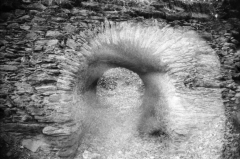


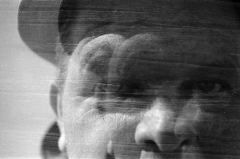




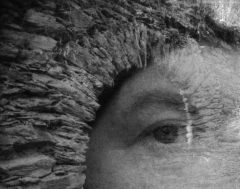

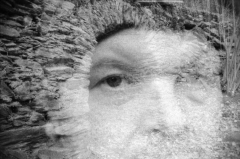


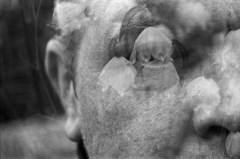
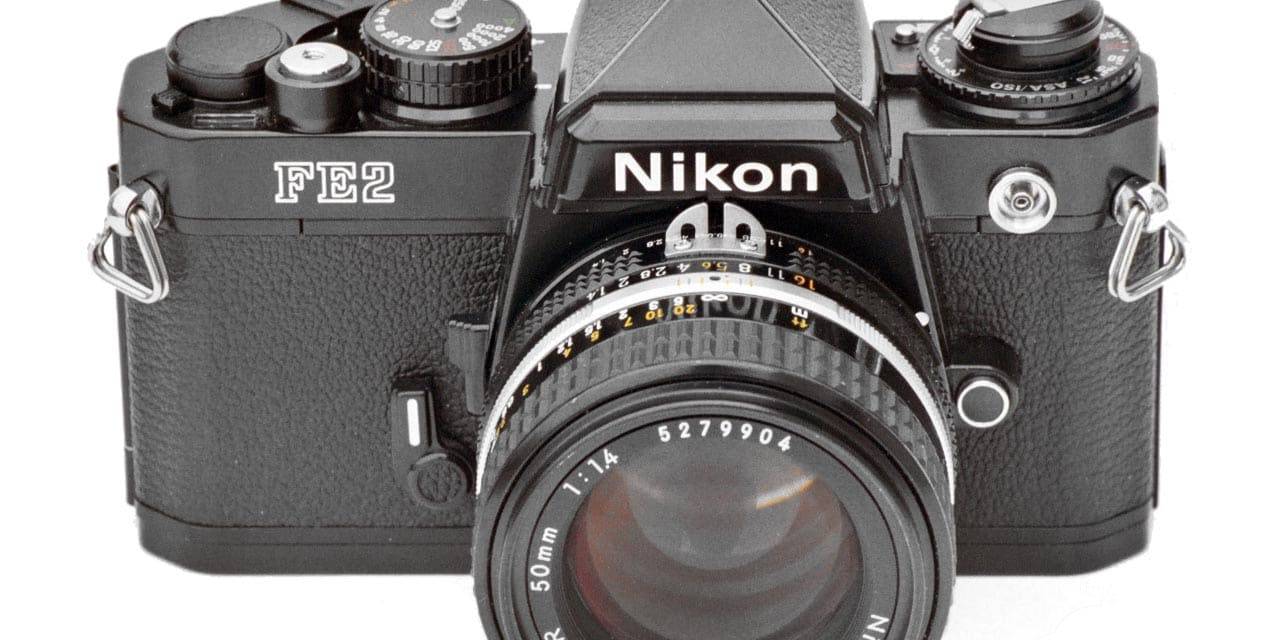
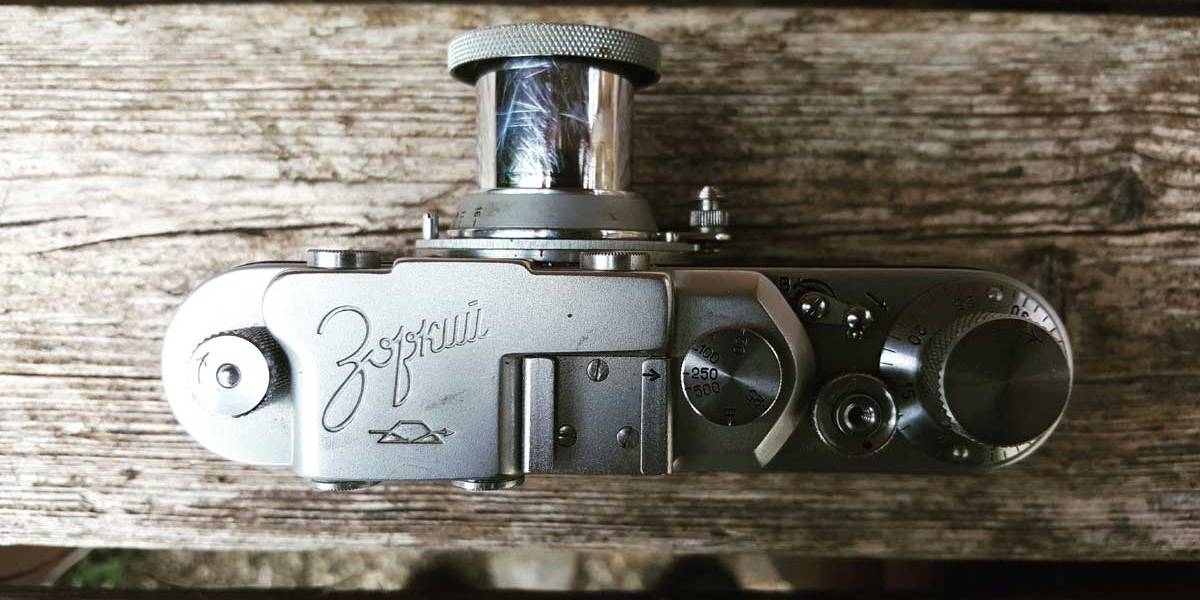
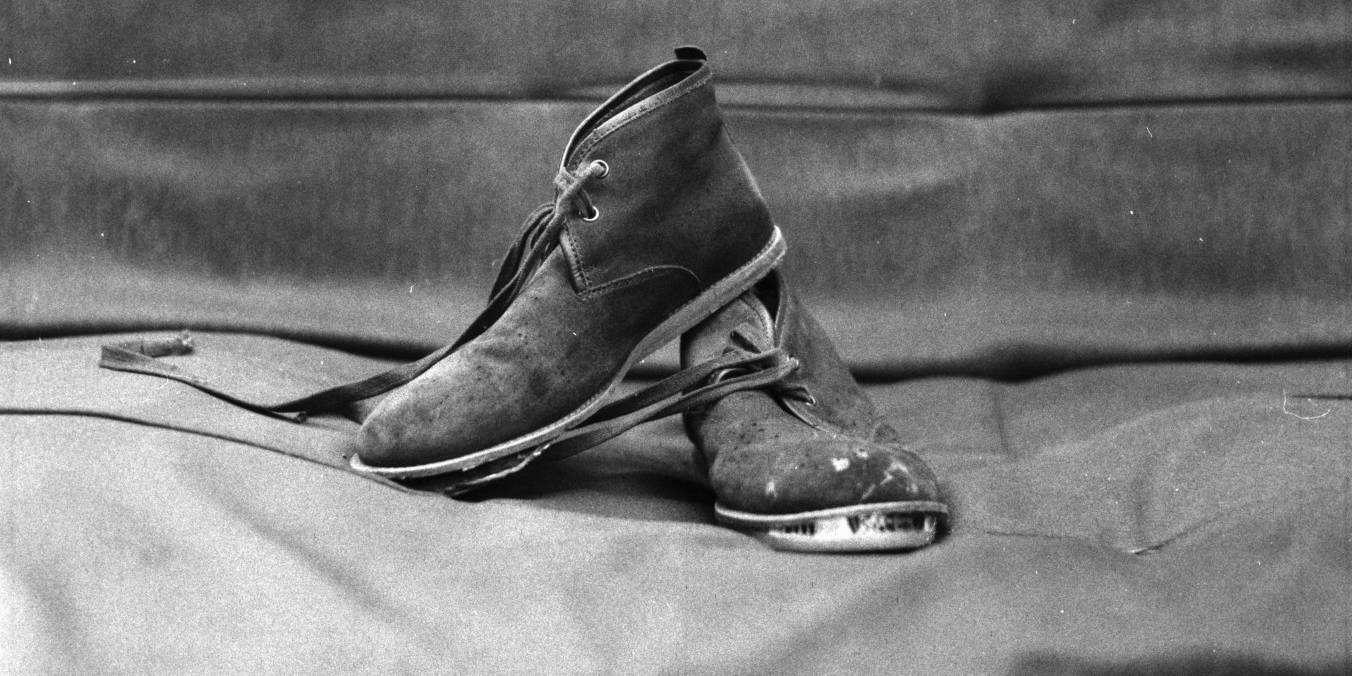
Agree … love mine too …